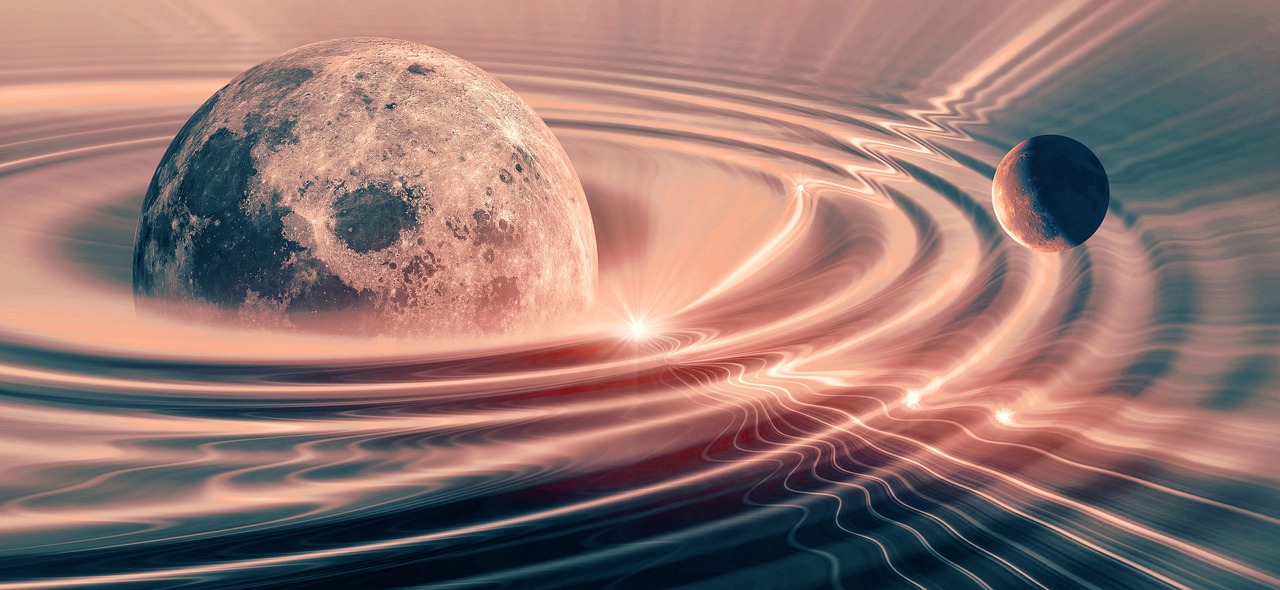A revelation was made by scientists on Wednesday, affirming the existence of gravitational waves – fluctuations in the space-time continuum predicted by Albert Einstein over a hundred years ago, which appear to be saturating the universe with low-frequency vibrations, akin to a cosmic background drone. The recent discoveries suggest that space is teeming with these gravitational waves, which tend to oscillate over periods of years or even longer, primarily emanating from duos of supermassive black holes in a coiling dance before coalescing.
“Gravitationally dense entities in the cosmos, typically in mutual orbits, give birth to gravitational waves. These waves warp and squeeze the fabric of space-time as they traverse the universe,” explains Jeff Hazboun, an astrophysicist at Oregon State University and a member of the team that conducted the research. Hazboun is also the primary author of one of the papers detailing the discoveries in the Astrophysical Journal Letters.
Einstein proposed the existence of gravitational waves in 1916, a novel implication of his revolutionary general theory of relativity, which portrayed gravity as the result of matter distorting space and time. Prior to their detection in 2016, the only indications of their existence were inferred, starting in the 1970s. Pulsars – extraordinarily dense stellar remnants that rotate at prodigious speeds – played a pivotal role in the research, with evidence gathered from 68 such pulsars.
Hazboun elucidates, “We observe the transitory effects of gravitational waves as alterations in the timing of pulses emanating from a constellation of pulsars in our galaxy.” The signal of the gravitational wave was detected in a dataset spanning 15 years, collected by the North American Nanohertz Observatory for Gravitational Waves Physics Frontiers Center, a collaborative effort comprising over over two hundred scientists from the United States and Canada. The researchers likened the background noise of the universe’s gravitational waves to the murmur of a sizable crowd at a party, where individual voices cannot be discerned.
Historically, astronomers have relied on studying light to gain insights about the cosmos, but this approach has its limitations as it does not provide a comprehensive understanding of the universe. Gravitational waves, along with elusive subatomic particles known as neutrinos, provide a more in-depth exploration of the universe. This discovery comes seven years after the initial detection of gravitational waves, which were produced by two remote black holes – incredibly dense entities with such powerful gravity that light cannot escape. The motion of black holes and other massive objects can generate gravitational waves.
That study involved the Laser Interferometer Gravitational-Wave Observatory (LIGO). “We have compelling evidence of a gravitational wave drone in a novel frequency band of the gravitational wave spectrum,” continued Hazboun. These frequencies, which have light-year-long wavelengths, are 10–12 orders of magnitude less powerful than those discovered by LIGO. “The simplest explanation of these gravitational waves is a consortium of supermassive binary black holes (black holes in mutual orbits) in the vicinity of our cosmos. Other interpretations include exciting new physics from near the Big Bang,” Hazboun added, alluding to the event that gave birth to the universe approximately 13.8 billion years ago.


